2024 CheMIE REU Research Opportunities
CheMIE REU Core Preceptors
 |
Dr. Tania Betancourt Associate Professor, Materials Chemistry https://betancourtresearchlaboratory.wp.txstate.edu/ The Betancourt laboratory works on the development of nanomedicines and biomaterials that can be used for the detection and treatment of diseases. These materials including biodegradable nanoparticles for controlled drug delivery, near infrared absorbing nanoparticles that can be used as agents for photothermal ablation of cancer, nanoparticles as immunomodulatory agents, stimuli-responsive hydrogels and composites, and polymer-based biosensors. REU students that work in the Betancourt laboratory will be involved in the preparation, characterization, and evaluation of these biomaterials. Recent projects in the laboratory have focused on the development of nanoparticles for nucleic acid delivery for cancer treatment, therapies based on photothermal nanomaterials, as well as the development of photothermally responsive dynamic hydrogels based on hydrophilic polymers crosslinked via reversible dynamic bonds or complementary nucleic acid interlinks. In these projects, students will gain knowledge at the interface between the areas of chemistry, biochemistry, and materials science. Specifically, students will become knowledgeable in concepts of biomaterials, nanomedicine, synthesis, polymer chemistry, surface chemistry, human cell culture, cancer therapies, hydrogels, and biosensing. Students will learn techniques related to polymer synthesis and characterization including NMR spectroscopy, nanoparticle assembly and characterization by absorption/fluorescence spectroscopy and dynamic light scattering, hydrogel preparation and evaluation, and in vitro nanomedicine evaluation through sterile cell culture techniques and cell assays. Students will be encouraged to participate in the preparation of scientific manuscripts and in the presentation of research results in appropriate scientific conferences. |
|
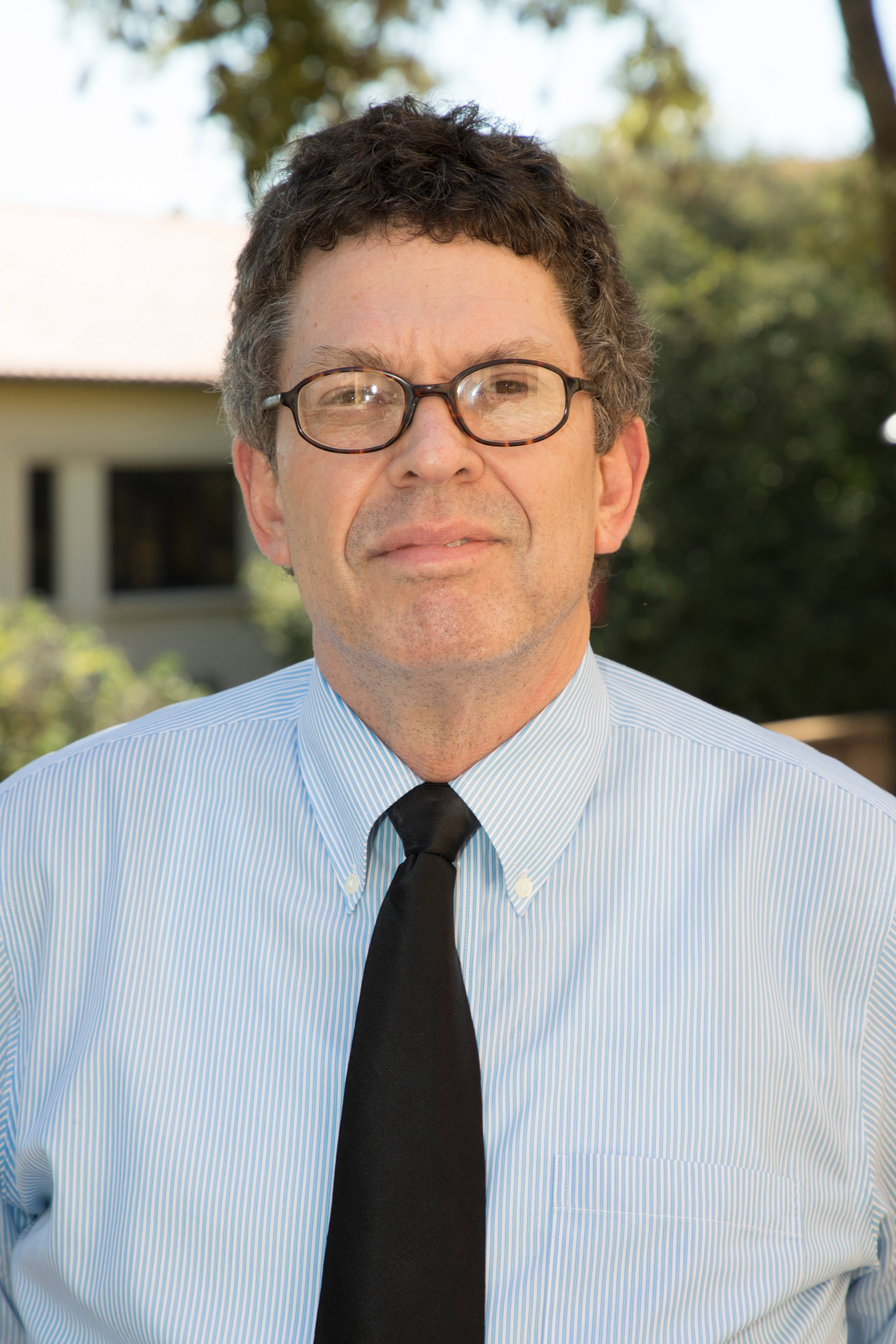 |
Dr. Bill Brittain Regents’ Professor and Department Chair, Physical Organic and Materials Chemistry https://www.txstate.edu/chemistry/About-the-Department/Faculty-Profiles/brittain.html Our research is focused on the interaction of light with molecules. Light chemistry is at the core of solar energy but also finds applications in targeted cancer therapy and cloaking technology. We study the fundamentals of light-molecule interactions by synthesizing and characterizing new organic molecules. Students will learn the laboratory skills of organic synthesis, nuclear magnetic resonance, UV-Vis spectroscopy, chromatographic purification and ab initio computations. |
|
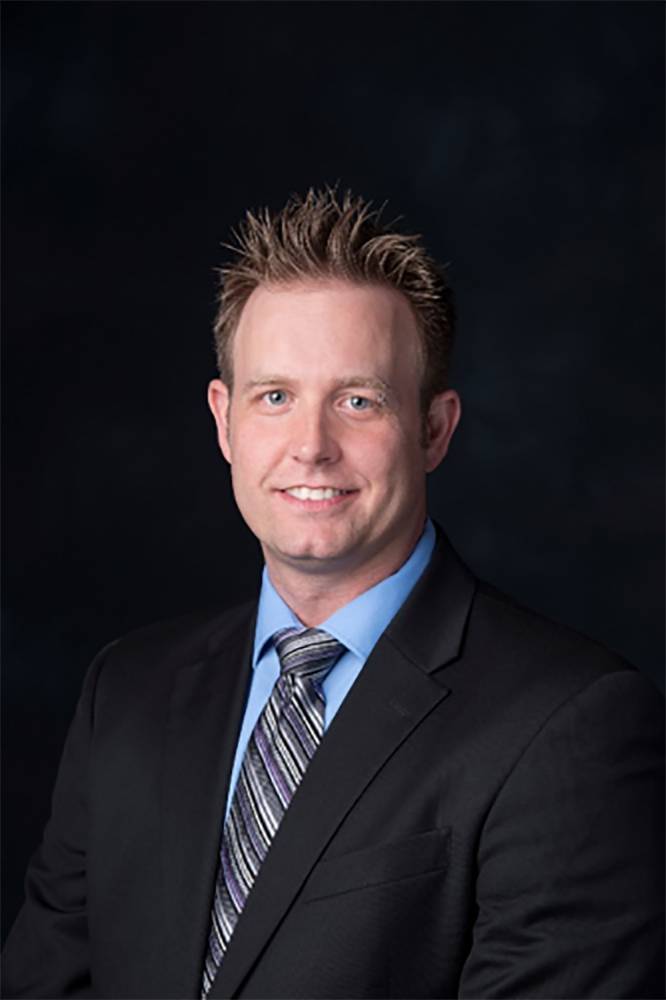 |
Dr. Todd Hudnall Professor, Main Group Organometallic and Physical Organic Chemistry https://hudnallresearch.wp.txstate.edu/ A 2023 CheMIE REU student will join our group’s long-standing efforts to develop novel architectures of π-acidic carbenes, which we utilize as ligands for the stabilization of reactive main group species, in materials science applications, and more recently in catalysis. A major thrust of our work in 2023 is to demonstrate that these particularly electrophilic carbene ligands can enable unique chemical reactivity and catalytic activity when compared to better known nucleophilic carbenes. Additionally, our research seeks to challenge what is currently taught in chemistry textbooks with regards to stability and chemical bonding involving main group p-block elements. In addition to synthesis, our research also involves extensive use of modern characterization techniques including multinuclear NMR and EPR spectroscopy, X-ray diffraction, electrochemistry and computational methods (DFT, NBO, AIM). |
|
 |
Dr. Jennifer Irvin Associate Professor, Organic and Polymer Chemistry https://irvinresearch.wp.txstate.edu/ Research in the Irvin Research Group is centered on electroactive polymers, that is, polymers that change their properties (color, shape, conductivity, etc.) in the presence of an electric field. These polymers are useful for applications including nerve regeneration, alternative energy, sensors, drug delivery, static dissipation, corrosion inhibition, actuators, water purification, and electrochromics. In 2023, a CheMIE REU researcher will focus on preparing blends that combine the mechanical properties of a high molecular weight, inexpensive polymer with the interesting electronic properties of electroactive polymers. First, a CheMIE REU student will prepare solutions that blend different ratios of a high molecular weight polymer with electroactive polymers. The student will then use electrospinning to prepare nanofibers of the polymer blends. The nanofibers will be measured for electroactivity, conductivity, and thermal stability, and changes in solubility, infrared spectrum, and contact angle of the will be determined as a function of blend composition. Finally, magnetic nanoparticles will be added to the blends prior to electrospinning, and the resultant nanocomposites will be studied for their ability to promote nerve regeneration. A CheMIE REU student will have the opportunity to gain experience in polymer characterization techniques, electrochemical characterization, polymer processing, and device fabrication and testing. |
|
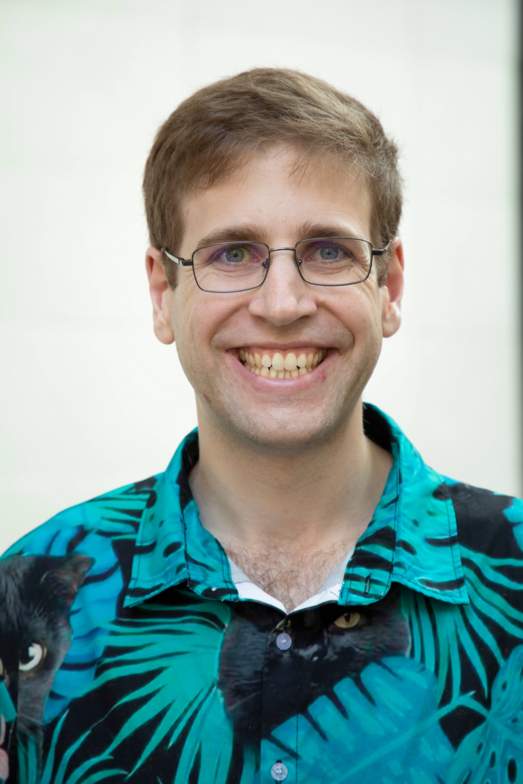 |
Dr. Michael Jacobs Assistant Professor, Physical Chemistry https://jacobslab.wp.txstate.edu/ The Jacobs Lab studies how the unique physicochemical properties of microdroplets (such as large surface areas and existence of phase states that do not exist in bulk solution) can change chemical reaction rates and mechanisms. The fundamental mechanisms driving changing chemistry are still largely unknown, in part because concentration of molecular species at the air-water interface hasn’t been rigorously quantified. To address this, we are developing new single particle methods to measure surface tension and molecular transport to highly charged interfaces. A CheMIE REU student will work with a custom-built electrodynamic balance to contactlessly levitate individual charged microdroplets. By measuring induced shape oscillations, they will measure dynamic surface tension and molecular transport to the air-water interface. Through this project, a CheMIE REU student will have the opportunity to gain experience with laser optical setups, light scattering methods, tensiometry, basic electronic fabrication, scientific programming, and (most importantly) problem solving. |
|
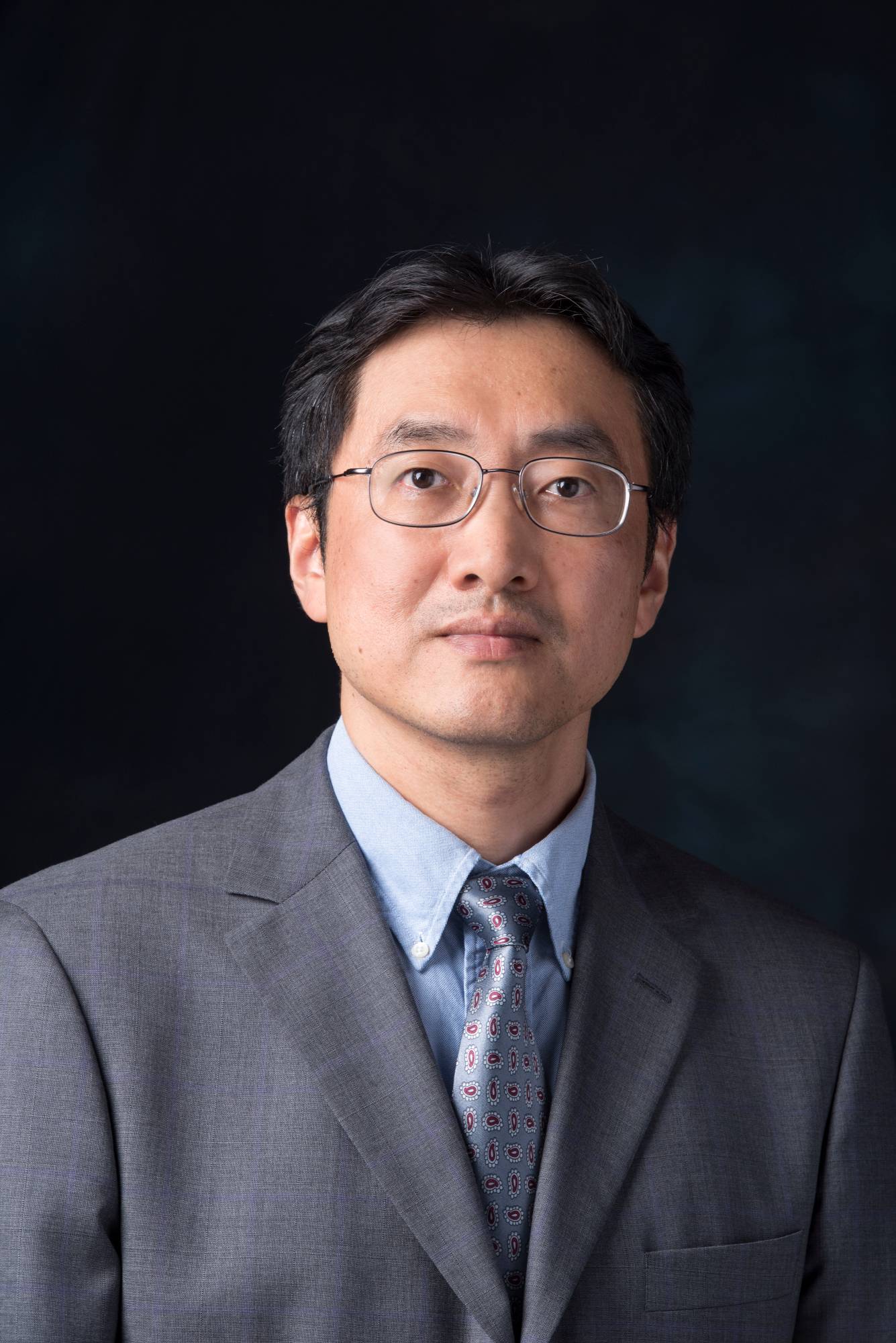 |
Dr. Chang Ji Associate Professor, Analytical Chemistry https://www.txstate.edu/chemistry/About-the-Department/Faculty-Profiles/ji.html Dr. Chang Ji’s research involves the electrochemical synthesis and characterization of chiral cyclic amino acid derivatives. These types of compounds could be obtained by anodic oxidation of substrates containing dithioketene acetal and amine groups via intramolecular cyclization. However, the products are racemic mixtures. Recently, a series of similar substrates with imine (instead of amine) functional groups were synthesized by our lab and found to undergo the same anodic cyclization reactions. In summer 2023, a CheMIE REU student will synthesize chiral aldehydes which will be used to make the corresponding imine substrates, and apply them for anodic oxidation by constant current electrolysis. The investigation will focus on whether the chiral imines can induce asymmetric intramolecular cyclization to give cyclic amino acid derivatives as a dominant enantiomer. The results will be examined to elucidate the reaction mechanism, which could be of great importance for the enantioselective synthesis of natural products or active drugs.
|
|
 |
Dr. Sean Kerwin Professor, Organic and Biochemistry A CheMIE REU student in the Kerwin lab will investigate the synthesis and chemistry of a relatively unexplored class of N-substituted alkynes, the N-alkynylazoles, in which an acetylene group is bonded to the nitrogen atom of a five-membered heteroaromatic ring. In analogy to ynamides, N-alkynylazoles display polarization of the carbon-carbon triple bond leading to powerful regioselective addition and cyclization reactions that will enable new strategies for the construction of a wide range of compounds. In carrying out this work, a CheMIE REU student will learn synthetic chemistry techniques ranging from traditional batch reactions to flow reactions and microwave-assisted reactions. Students will optimize cross-coupling reactions between alkyne and azole precursors to efficiently prepare various N-alkynylazoles. They will then convert these to 1,x-dialkynylazoles and study the aza-Bergman rearrangement of these compounds by trapping and kinetic experiments using flow chemistry, mass spectrometry, and HPLC as well as computational studies. As a result, CheMIE REU students in the Kerwin lab will gain a broad exposure to aspects of synthetic, physical, and analytical chemistry by employing innovative techniques. |
|
 |
Dr. Karen Lewis Associate Professor, Biochemistry and Biophysics https://lewiskalab.wp.txstate.edu The Lewis Lab seeks to understand the mechanics that drive specific interactions between biological molecules, especially those that determine protein structure and function. Currently, several projects in the lab are focused on the role of intrinsically disordered domains in the eukaryotic mRNA-binding protein LaRP6, which regulates protein synthesis and expression. While LaRP6 is widely conserved cross multicellular eukaryotes, its biological roles are still being identified. In 2023, a CheMIE REU student will recombinantly express and purify at least one mutant of the LaRP6 protein that we predict has altered structure and RNA binding activity. The CheMIE researcher will analyze the structural stability and the RNA binding activity of the mutant(s), using circular dichroism spectroscopy, gel shift assays, and protein denaturation assays. By comparing the behavior of the mutant(s) to the wildtype form of LaRP6 and other previously-characterized mutants in the lab, this project will contribute to the emerging functional model for the intrinsically-disordered domains in LaRP6. |
|
 |
Dr. Cynthia Luxford Assistant Professor, Chemical Education https://luxford.wp.txstate.edu/ The current focus of the Luxford research program is centered on increasing student learning in chemistry courses, including the role of student misconceptions of intermolecular forces, approaches to visualizations electron movement in mechanisms using computer-aided eye-tracking, and measuring the evolution of study habits and problem-solving strategies in general and organic chemistry. In 2023, CheMIE REU students will be able to choose between either a qualitative or quantitative data analysis project. For the qualitative projects, a CheMIE REU student will explore patterns within eye tracking data or use grounded theory and the constant comparative method for analyzing open responses or interview data. On the quantitative project, a CheMIE REU student will work with large datasets of survey responses and/or student demographic data to explore trends using both parametric and nonparametric statistics. . |
|
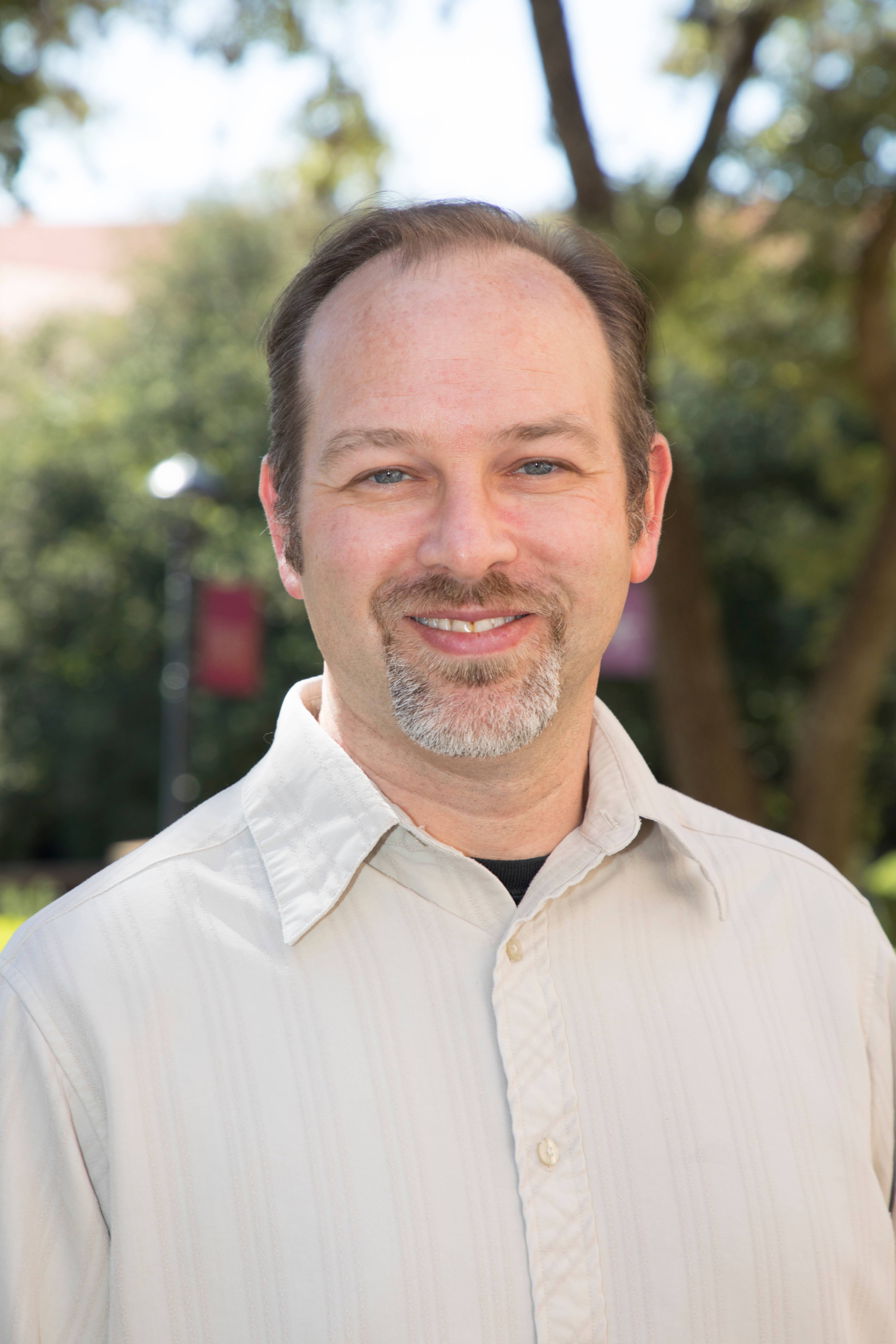 |
Dr. Ben Martin Associate Professor, Inorganic Chemistry https://www.txstate.edu/chemistry/About-the-Department/Faculty-Profiles/martin.html We are exploring new ways to synthesize complex solid state materials for catalysis and electronics applications by using lasers as a heating source. This allows ultrafast heating and local cooling to trap elements in semi-stable arrangements. The resulting alloys and solid solutions should have tunable properties outside of the currently accessible range, and are expected to have highly active surfaces to further promote catalysis. We are currently investigating mixed metal oxides and sulfides such as (Mo/W)S2 and (Ti/Ta)O2, with the ultimate goal of synthesizing such materials directly onto a metal substrate. Students working on this project will gain experience in solid state synthesis techniques, air-free manipulations, and characterization methods including x-ray diffraction and electron microscopy. |
|
 |
Dr. Ryan Peterson Assistant Professor, Bioinorganic Chemistry https://rlpetersongroup.wp.txstate.edu/ The research in the Peterson laboratory is centered on describing transition metal-ion trafficking pathways and reactive oxygen species metabolism occurring at the host-pathogen interface. Our current research efforts are directed at characterizing the Cu- and Fe-metal ion uptake pathways in the fungal pathogen Pseudogymnoascus destructans (Pd), which, is responsible for white-nose syndrome disease (WNS) in bats. In 2023, CheMIE REU students will assist in characterizing the active site design of a family of secreted copper transport proteins with homology to Cryptococcus neoformans BIM1 protein. Students will generate plasmids for the expression of Pd BIM1-like proteins (BLPs) to drive recombinant protein expression in E. coli and yeast. They will then purify recombinant wild-type and active site variant proteins for biochemical assays to help construct structure-function relationships. The goal of this research is to understand how protein active site design impacts Cu-metal binding affinity and trafficking efficiency. While performing this research undergraduates will gain hands-on training in the areas of molecular biology, bio-inorganic chemistry, and physical biochemistry. For more information about the Peterson research group and other projects in the lab please visit the Peterson Group website. For more information about the Peterson research group and other projects in the lab please visit the Peterson Group website. |
|
 |
Dr. Chris Rhodes Associate Professor, Physical and Materials Chemistry https://rhodes.wp.txstate.edu/ Research in the Rhodes group is aimed at understanding relationships between structure, activity, and stability within bimetallic nanostructured transition metal oxides for clean energy storage and conversion devices, including batteries, fuel cells, and water electrolyzers. In 2023, CheMIE REU students will investigate the synthesis, structure and electrochemical properties of bimetallic nanostructured transition metal oxides and hydroxides. This work will include learning a variety of experimental methods including (i) solution-phase and high energy ball milling synthesis of nanostructured bimetallic oxides, (ii) characterization using x-ray diffraction, nitrogen porosimetry, (iii) electronic conductivity measurements, and (iv) electrochemistry (cyclic voltammetry and oxygen evolution activity measurements). REU student research will focus on understanding the effects of composition and synthesis conditions on the structure, electronic conductivity and electrochemistry of nanostructured bimetallic oxides used as electrocatalyst for splitting water into hydrogen and oxygen. |
|
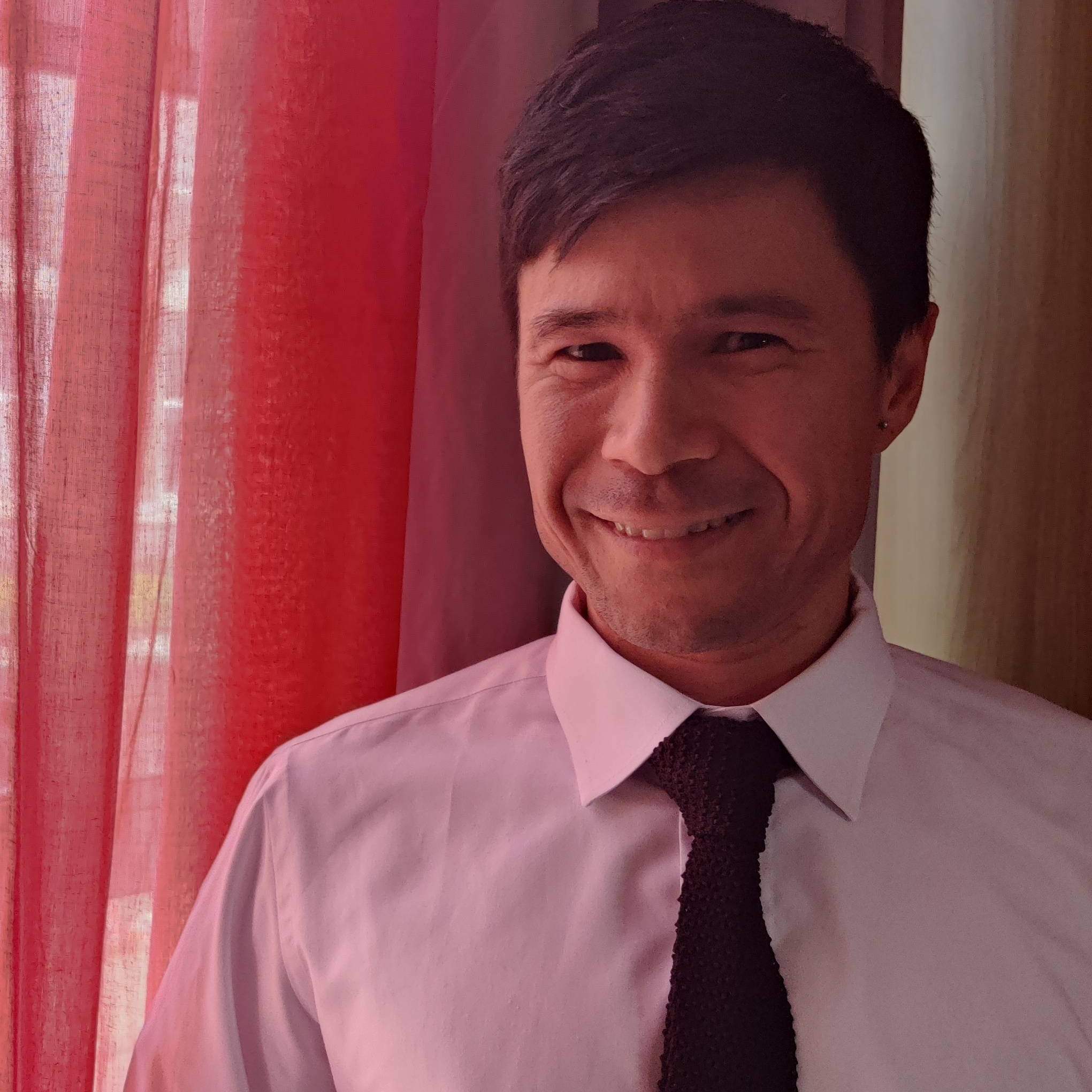 |
Dr. David Schilter Assistant Professor, Inorganic Chemistry https://schilter.wp.txstate.edu/ We in the Schilter Group focus on molecular metal complexes that mimic the active sites of metalloenzymes involved in energy metabolism. As we learn about these molecular complexes, we get clues as to how metalloenzymes weave their catalytic magic! Moreover, the molecular complexes we make might themselves be useful to split substrates such as hydrogen, oxygen and methane — important transformations in clean energy. Our projects involve ligand synthesis (organic chemistry), followed by metal binding (inorganic chemistry) and characterizing structure and reactivity (analytical chemistry). Depending on interests, we will welcome a 2023 CheMIE REU student to take on one of the following projects: - Copper complexes that mimic oxygen-splitting fungal enzymes (emphasis on organic chemistry) - Nickel complexes that mimic an archaeal enzyme that makes and breaks methane (emphasis on inorganic chemistry) - Cobalt complex that mimic substrate-binding and intermolecular forces in enzyme catalysis (emphasis on analytical chemistry) |
|
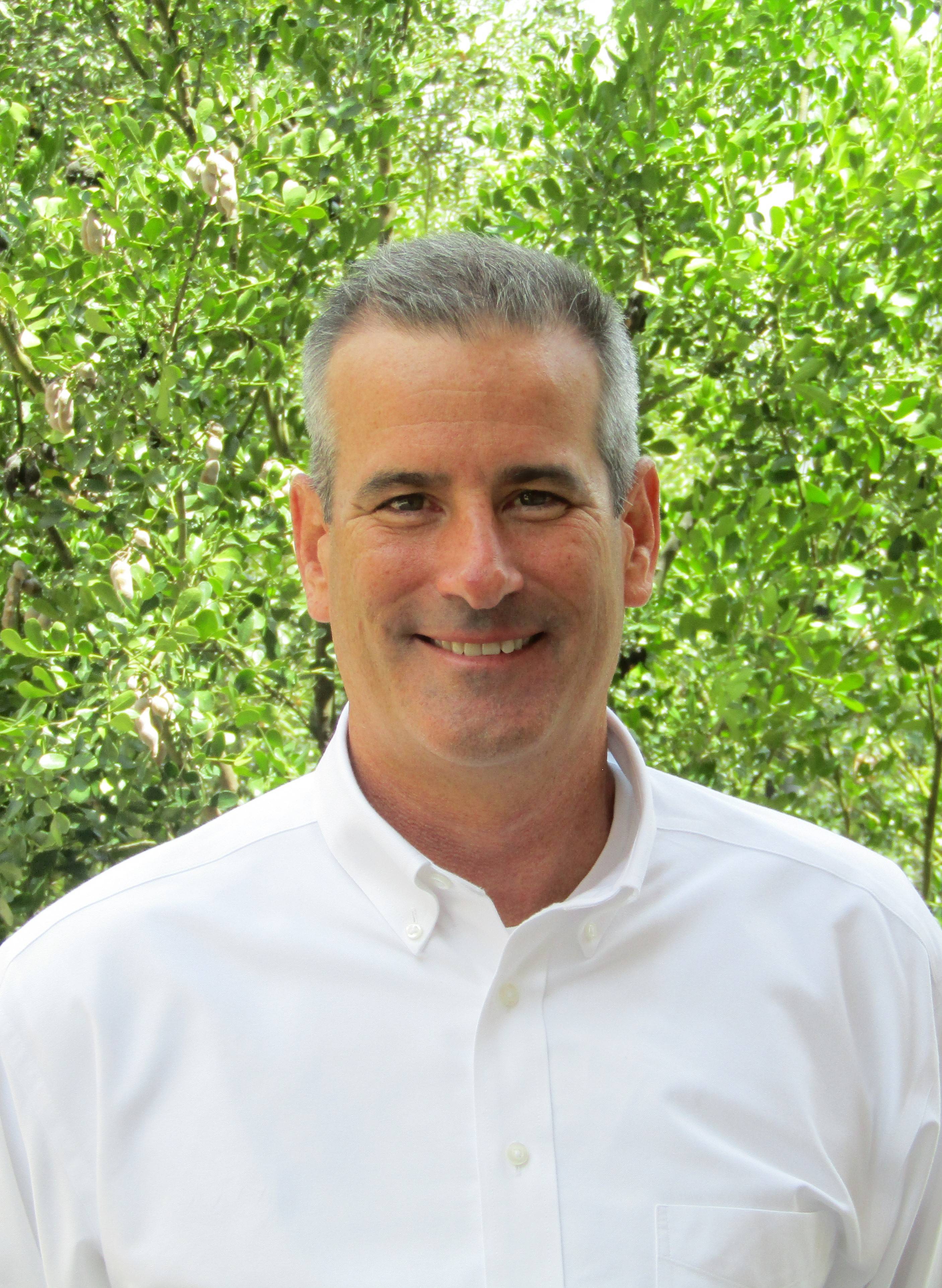 |
Dr. Steven Whitten Associate Professor, Biochemistry and Biophysics https://whitten.wp.txstate.edu/home/ ; The Whitten Group investigates the thermodynamics of protein macromolecules to develop molecular descriptions of biological activity. Using a combination of experimental and computational methods, current projects are focused on developing predictive models of phase separation by intrinsically disordered protein sequences. The most recent model, ParSe, has identified several potentially phase-separating proteins in the human genome that are currently being used for studies of both the mechanisms of phase separation by intrinsically-disordered sequences and the role of phase separation in biological signaling and regulatory pathways. A 2023 CheMIE REU student will recombinantly express and purify one of these prospective phase-separating proteins, and then quantitatively measure the phase-separation behavior and structural properties of the purified protein. |
|
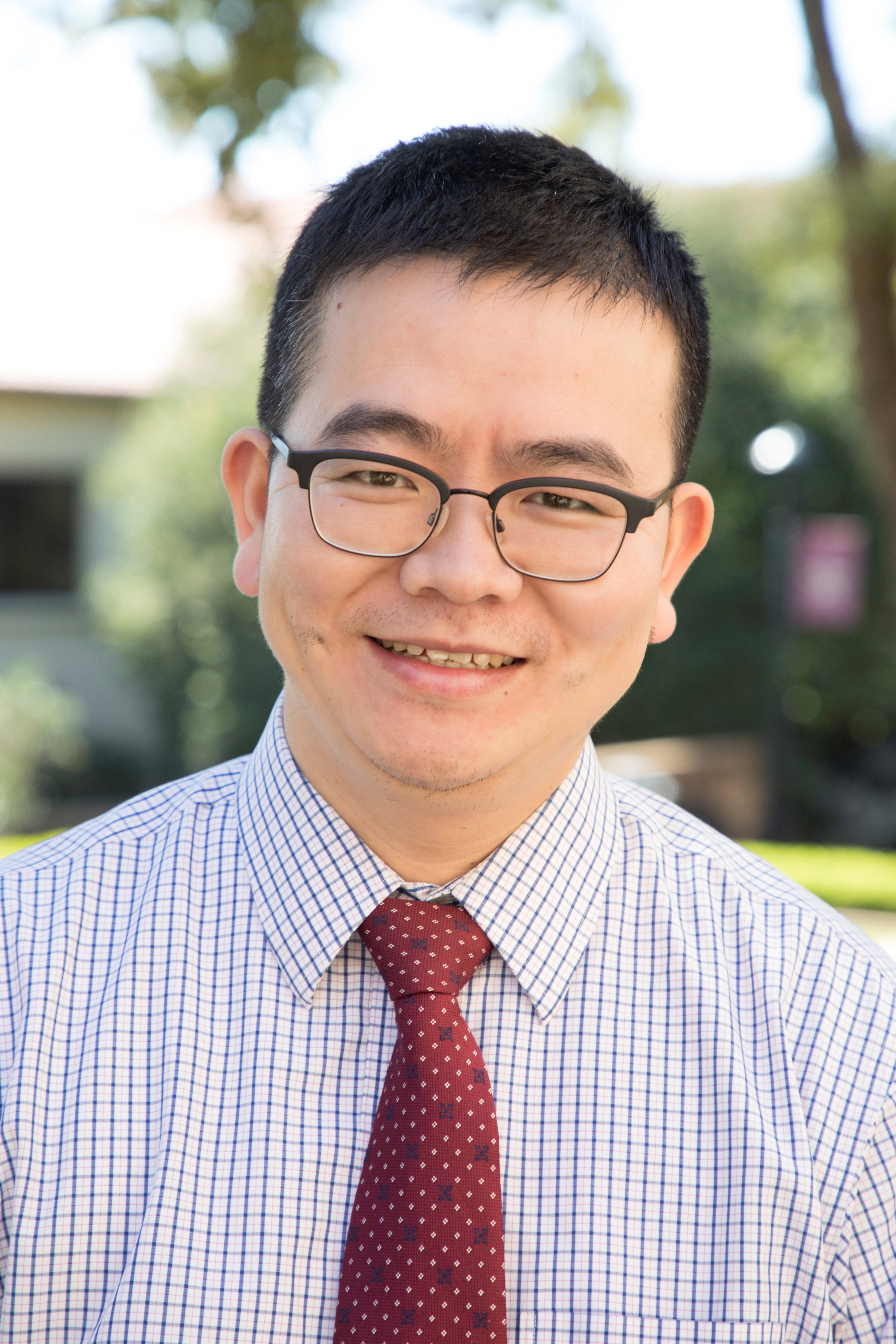 |
Dr. Xiaoyu Xue Assistant Professor, Biochemistry and Genetics A 2022 CheMIE REU student in the Xue lab will investigate the sumoylation mechanism mediated by the Smc5/Smc6 complex in budding yeast. Sumoylation is a protein modification that can control the functions of many substrate proteins. Among these are the DNA repair proteins which maintain the genome stability through different DNA repair pathways. We have recently found that the budding yeast Holliday junction dissolution complex, Sgs1-Top3-Rmi1 (STR), is SUMOylated by the Smc5/6 complex. The Smc5/6 complex is composed of Smc5, Smc6 and Nse1-6 proteins, while Nse2 is one of SUMO E3 ligases. The CheMIE REU student will express and purify several different Nse subcomplexes. The student will also be involved in analyzing the mechanism how these different components of Smc5/6 complex regulate the SUMO E3 ligase function, using in vitro sumoylation and western blotting assays. In conclusion, CheMIE REU students will not only enhance hands-on research experience in protein biochemistry, in vitro biochemical assay and genetics, but also advance the scientific understanding of how SUMOylation efficiency and specificity can be achieved in a variety of cellular contexts and organisms. |
